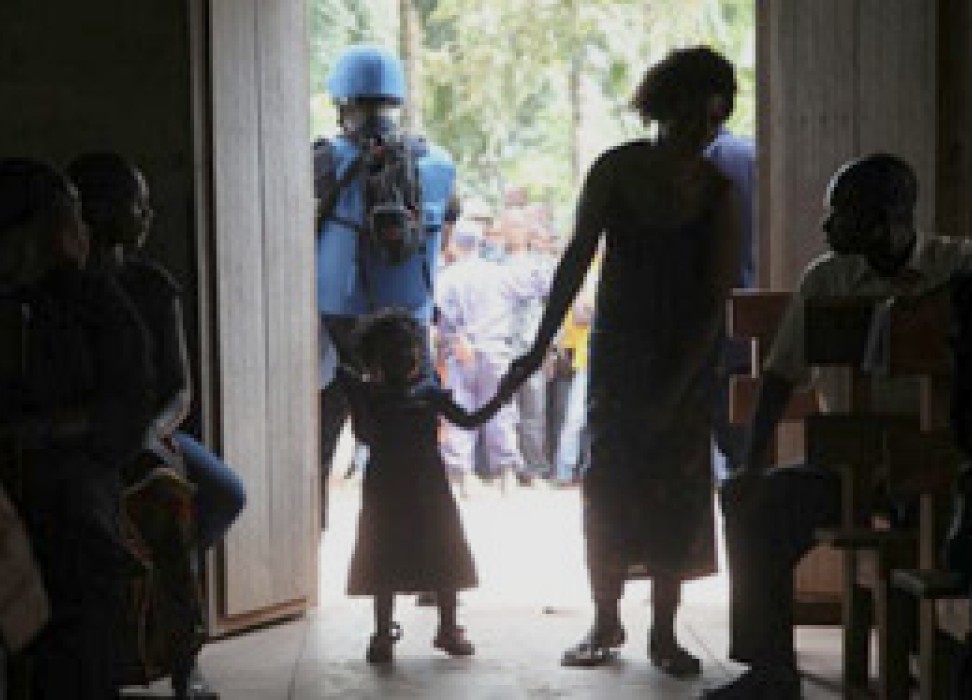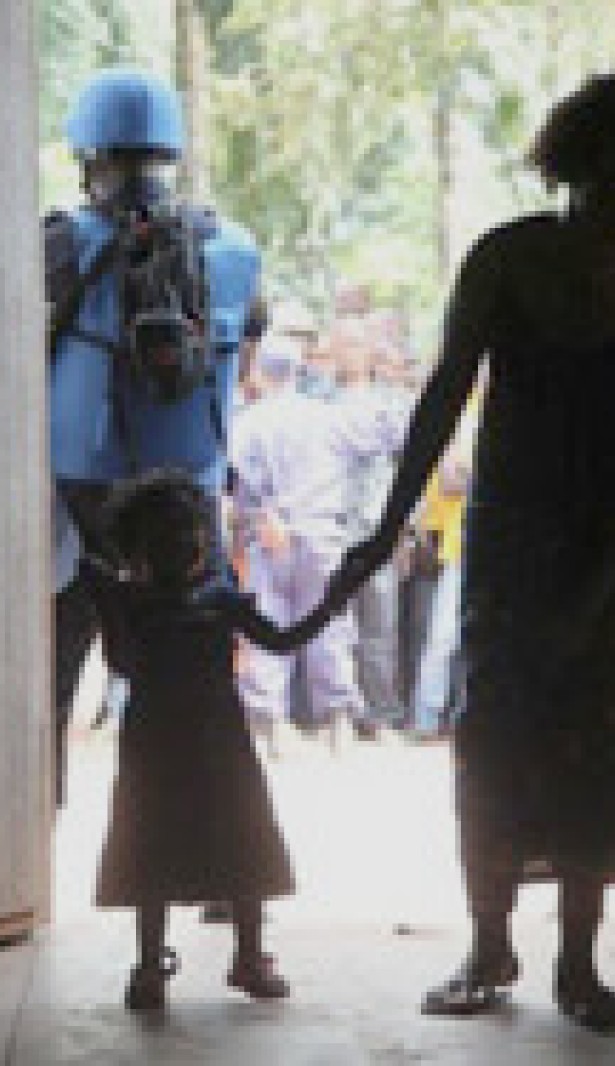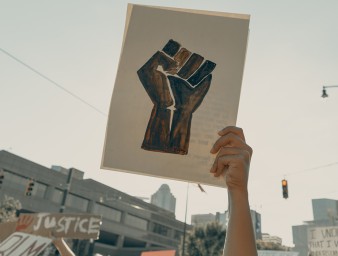Congolese migrants suffer dire abuses in Angola
24 May 2012

Francoise, in her thirties, and her husband had a modest dream when they crossed the border into Angola. They hoped to make a little money working in the diamond mines to take care of their three children.
It would not be much, but it would be a great improvement over the desperate situation they faced back home in the Democratic Republic of the Congo (DRC).
A few weeks ago, their dream turned into a nightmare. They were chased, literally, by Angolan security agents.
“I ran as fast as I could, but I couldn’t get away because I was pregnant,” she says, wiping tears from her eyes. “They caught me and raped me one after another….all four of them. I lost my baby.”
Now stuck in Kamako town on the DRC side of the border, Francoise’s life couldn’t be bleaker. She has no job. She grieves the loss of her baby. And she agonises about the fate of her husband who went missing when they were pursued.
The stories of other irregular Congolese migrants who have fallen victim to abuse by the Angolan security forces are not much different. They talk of beatings, separation of families, bullet injuries, torture, and anal and vaginal searches without gloves, purportedly for illegal diamonds.
Women are often raped in detention centres. Migrants are often stripped of their belongings and clothes before being forced over the border back to the DRC.
“The situation at the Angolan border is gravely disturbing,” says Ivan Šimonović, United Nations Assistant Secretary-General for Human Rights, who visited Kamako recently and spoke with victims.
“The stories I heard are heart wrenching. It is unacceptable that any human being be subjected to such treatment. Immigrants – even irregular immigrants – have rights guaranteed by international law which must be protected,” he says.
Kamako, in Kasaï Occidental Province, is one of the main re-entry points for DRC citizens expelled from Angola. Serious human rights violations have been reported by those returning from the neighbouring Angolan district of Lunda Norte, where a special unit of Angolan security forces, known as “the Jackals”, operates.
Waves of Congolese immigrants have been expelled from Angola since 2003, with the numbers increasing significantly since 2009. The United Nations estimates that in 2011 alone, as many as 100,000 Congolese irregular migrants were expelled.
The difficult economic and security situation in the DRC ensures a constant flow of Congolese migrants into Angola in search of better opportunities. The majority are men aged 18 – 35 years. Some take their families with them, even though the border is officially closed.
Some Congolese cross the border less willingly. They are trafficked by criminal networks to provide labour for the diamond mines and women and girls for sexual exploitation.
The 2500 km border between the two countries is very porous. With over 70 crossing points but only a handful of border officials, it is difficult to get an accurate picture of the movement between the two countries.
The remote nature of the area makes human rights monitoring a challenge on both sides of the border and the humanitarian needs of the victims remain largely unmet.
Despite assurances by the Angolan authorities, violations continue to be committed during expulsions. Border disputes between the two neighbours over the oil rich areas between Bas Congo in the DRC and Zaire in Angola complicates dialogue.
“How the governments of the DRC and Angola regulate their border regime is a bilateral matter,” says Šimonović. “But they must respect the minimum protections that international human rights law guarantees to immigrants, including irregular ones”.
24 May 2012

VIEW THIS PAGE IN:


